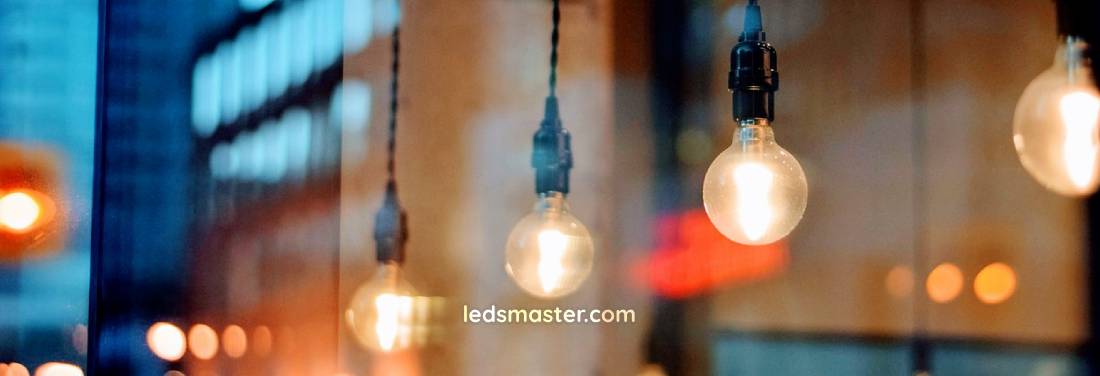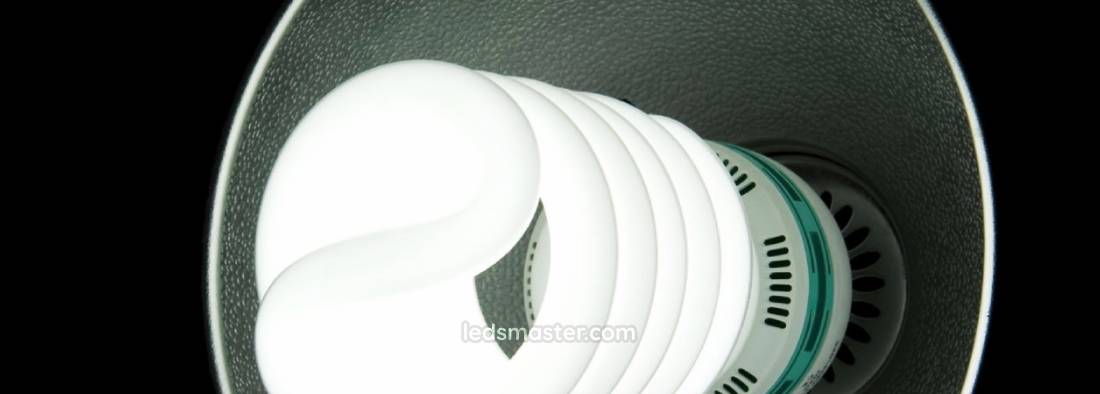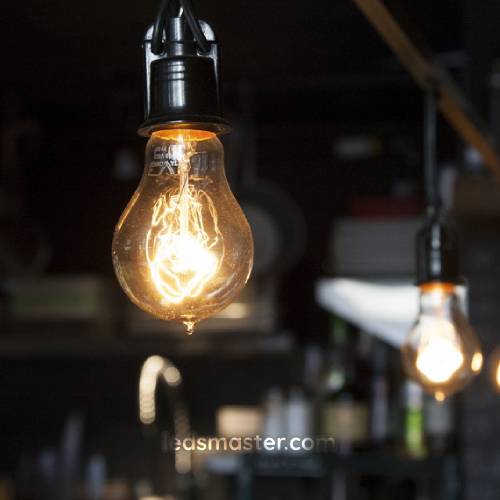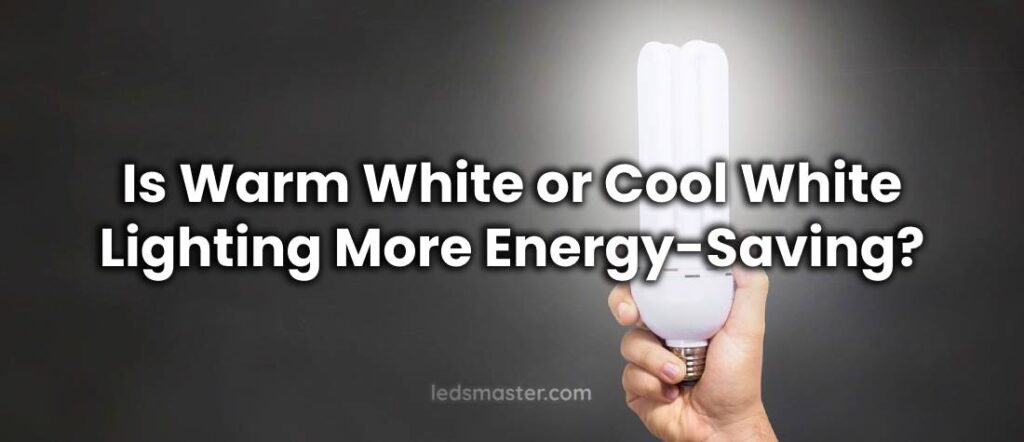In the world of lighting, the choice between warm white and cool white illumination extends beyond mere aesthetics. It also encompasses considerations of energy efficiency. As society becomes increasingly conscious of energy consumption and its environmental impact, understanding which lighting option is more energy-saving is crucial. In this article, we delve into the intricacies of warm white and cool white lighting, examining their energy consumption, efficiency, and broader implications for sustainability.
Table of Contents
ToggleUnderstanding Warm White and Cool White Lighting
Before delving into their energy-saving capabilities, it’s essential to grasp the fundamental differences between warm white and cool white lighting.
Warm White Lighting: Creating a Cozy Ambiance
Warm white lighting typically falls within the color temperature range of 2700K to 3500K on the Kelvin scale. This range emits a soft, yellowish glow reminiscent of traditional incandescent bulbs. Warm white lighting is often preferred in residential settings, as it creates a cozy and inviting ambiance. It’s commonly used in living rooms, bedrooms, and dining areas to evoke a sense of warmth and relaxation.
Cool White Lighting: Promoting Alertness and Productivity
Conversely, cool white lighting is characterized by color temperatures ranging from 3500K to 5000K. This lighting produces a bright, crisp illumination with blue undertones. Cool white lighting is associated with promoting alertness and enhancing productivity, making it suitable for workplaces, kitchens, and areas where precision tasks are performed.
Energy Consumption of Warm White vs. Cool White Lighting
One of the primary considerations when evaluating the energy-saving potential of lighting options is their power consumption.
Warm White Lighting Efficiency

Traditional incandescent bulbs, often synonymous with warm white lighting, have earned a notorious reputation for their inefficiency. These bulbs operate on a principle discovered over a century ago: passing an electric current through a thin tungsten filament enclosed in a glass bulb filled with inert gas. The resistance of the filament to the electric current generates heat, causing it to glow and emit light.
However, this process is highly energy-intensive. The vast majority of the energy consumed by incandescent bulbs is converted into heat rather than light, making them highly inefficient light sources. In fact, up to 90% of the energy consumed by these bulbs is lost as heat, leaving only a fraction to produce visible light. This inefficiency not only contributes to higher energy bills but also poses environmental concerns due to increased energy consumption and greenhouse gas emissions.
What’s more, the filament’s continuous exposure to high temperatures leads to its gradual degradation over time, resulting in a relatively short lifespan for incandescent bulbs. This necessitates frequent replacements, further exacerbating their environmental impact.
In terms of luminous efficacy, which measures the amount of visible light produced per unit of electrical power consumed (expressed in lumens per watt), incandescent bulbs fall far behind modern lighting technologies. Their low luminous efficacy means they produce comparatively less light for the same amount of energy consumed, making them an unsustainable choice in today’s energy-conscious world.
Cool White Lighting Efficiency

In contrast to traditional incandescent bulbs, cool white lighting sources, including fluorescent tubes and LED bulbs, have spearheaded a revolution in energy efficiency within the lighting industry. This paradigm shift stems from their innovative design and advanced technologies, which prioritize both luminous efficacy and sustainability.
Fluorescent tubes, a stalwart of commercial and industrial lighting, operate on a fundamentally different principle than incandescent bulbs. Instead of relying on the heating of a filament to produce light, fluorescent tubes harness the luminescent properties of phosphor coatings. When an electric current passes through the tube, it excites mercury vapor within, generating ultraviolet (UV) light. This UV light, in turn, stimulates the phosphor coating lining the tube’s interior, causing it to emit visible light. This process of converting UV light into visible light is significantly more efficient than the incandescent method, resulting in minimal energy wastage through heat emission.
Fluorescent tubes boast considerably higher luminous efficacy than their incandescent counterparts. By producing more light output per unit of electrical power consumed, fluorescent tubes outperform incandescent bulbs in terms of energy efficiency. This efficiency has made fluorescent lighting a preferred choice for large-scale applications such as office buildings, warehouses, and retail spaces, where illumination requirements are high, and energy savings are paramount.
Comparative Analysis: Which is More Energy-Saving?
When determining whether warm white or cool white lighting is more energy-saving, several factors must be considered.
Luminous Efficacy
 Luminous efficacy stands as a cornerstone metric in evaluating the efficiency of lighting systems. It quantifies the amount of visible light emitted per unit of electrical power consumed, measured in lumens per watt (lm/W). This metric offers a clear insight into a lighting source’s ability to convert electrical energy into useful illumination, thus serving as a vital benchmark for comparing different lighting technologies.
Luminous efficacy stands as a cornerstone metric in evaluating the efficiency of lighting systems. It quantifies the amount of visible light emitted per unit of electrical power consumed, measured in lumens per watt (lm/W). This metric offers a clear insight into a lighting source’s ability to convert electrical energy into useful illumination, thus serving as a vital benchmark for comparing different lighting technologies.
In this context, the comparison between warm white incandescent bulbs and LED lighting, often associated with cool white illumination, highlights the stark contrast in luminous efficacy.
Warm white incandescent bulbs, emblematic of traditional lighting, fall short in luminous efficacy due to their outdated technology. These bulbs rely on the principle of resistive heating, where electricity passes through a tungsten filament, causing it to heat up and emit light. However, the majority of the energy consumed is dissipated as heat rather than visible light. As a result, warm white incandescent bulbs typically exhibit low luminous efficacy, hovering around 10-17 lumens per watt. This inefficiency not only translates into higher energy bills but also contributes to environmental concerns, as a significant portion of energy is wasted.
In stark contrast, LED lighting represents a paradigm shift in energy efficiency and luminous efficacy. LEDs leverage semiconductor materials to produce light through a process known as electroluminescence. When an electrical current is applied to the semiconductor diode, electrons recombine with electron holes, releasing energy in the form of photons. This efficient conversion process enables LEDs to achieve luminous efficacies far surpassing those of incandescent bulbs.
LED lighting, commonly associated with cool white illumination, boasts luminous efficacy values ranging from 100 to over 200 lumens per watt, depending on the specific LED technology and design. This means that LEDs can produce the same amount of light as incandescent bulbs while consuming significantly less energy. The superior luminous efficacy of LEDs not only translates into immediate energy savings but also contributes to a longer operational lifespan and reduced environmental impact.
Usage Patterns and Applications
The energy-saving dynamics between warm white and cool white lighting extend beyond their inherent luminous efficacy, delving into the nuanced realm of usage patterns and application-specific considerations. While both lighting options offer distinct advantages, their energy-saving potential is intricately intertwined with the context in which they are utilized.
Residential settings, characterized by a focus on ambiance and comfort, often favor warm white lighting for its soft, inviting glow. In these environments, lighting requirements typically revolve around creating a cozy atmosphere conducive to relaxation and socialization. As a result, the intensity of illumination needed is often lower compared to commercial or industrial spaces, where task-oriented activities demand higher light levels.
The usage patterns in residential settings further contribute to the energy-saving equation. While warm white lighting may be employed for extended periods during the evening hours, it is often interspersed with periods of natural daylight or supplemented by secondary sources of illumination. Additionally, the reduced usage hours inherent in residential environments, such as overnight periods when occupants are asleep, contribute to lower overall energy consumption.
In contrast, cool white lighting finds its niche in commercial and industrial applications, where the emphasis is on functionality, productivity, and safety. In these settings, lighting requirements are driven by the need for adequate visibility to perform tasks efficiently and ensure workplace safety standards are met. As a result, cool white lighting solutions are often employed at higher intensities and for extended durations to meet these demanding operational needs.
The usage patterns in commercial and industrial environments reflect a continuous demand for illumination throughout operational hours, with minimal downtime or periods of reduced activity. This constant usage contributes to higher overall energy consumption compared to residential settings, where lighting usage may be more sporadic and contingent upon occupants’ activities and preferences.
The scale of lighting installations in commercial and industrial spaces amplifies the energy-saving potential of cool white lighting. Large office buildings, manufacturing facilities, and retail establishments require substantial lighting infrastructure to illuminate expansive areas effectively. By leveraging energy-efficient cool white lighting technologies, such as LED fixtures and fluorescent tubes, these spaces can achieve significant energy savings while maintaining optimal lighting levels.
Conclusion
Beyond the immediate realm of energy efficiency lies a critical consideration: the broader environmental impact of lighting choices. While the energy-saving capabilities of cool white lighting, especially LED technology, are commendable, their environmental significance extends far beyond reduced electricity consumption. By examining factors such as materials composition, heat emissions, and product lifespan, we can gain a holistic understanding of their environmental footprint.
Cool white lighting, epitomized by LED technology, stands as a beacon of sustainability in the lighting landscape. Unlike traditional incandescent bulbs, which contain filaments and gases that pose environmental hazards, LED bulbs are constructed from non-toxic materials such as semiconductor chips and metal alloys. This composition not only minimizes environmental harm during production but also facilitates safer disposal at the end of the bulb’s lifespan, reducing the risk of soil and water contamination.

